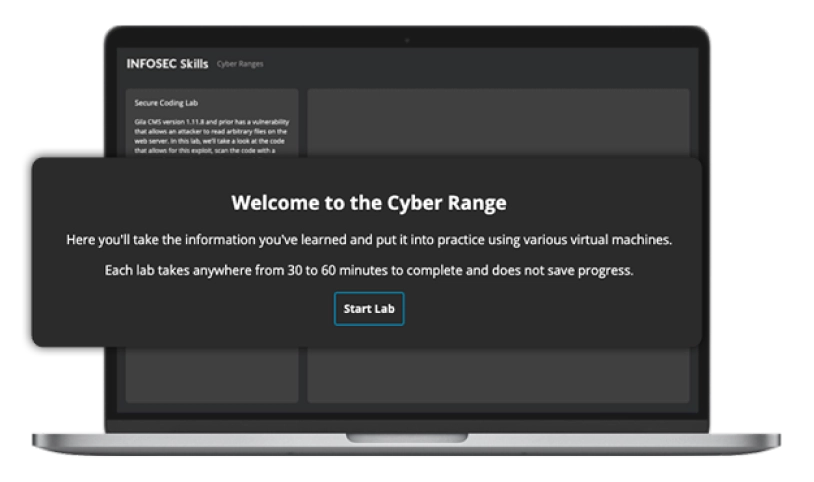
Introduction to x86 Disassembly Learning Path
8 hours, 15 minutes
Quick facts
About this learning path
-
courses
100% online
-
Duration
8 hours, 15 minutes
-
Assessment
questions
About Introduction to x86 Disassembly
This learning path will teach you how computer processors truly execute code. You'll learn how to read and write your own code and how to build your own pure assembly applications, all by diving into the world of assembly. Upon completion, you'll have the knowledge to write, compile and debug pure assembly applications, or start to debug and dissect other people's applications.
Syllabus
x86 Disassembly Skill Assessment
Assessment - 36 questions
What is x86 Assembly?
Course - 00:22:00
x86 Basics
Course - 00:51:00
Programming in x86
Course - 01:13:00
Calls, Strings and Codes
Course - 01:16:00
Debugging
Course - 00:38:00
Logic Flows
Course - 01:02:00
The details
Learning path insights
How to claim CPEs
Should you complete this learning path, you’ll be able to download a certificate of completion. Use this to claim your CPEs or CPUs.
Associated NICE Work Roles
All Infosec training maps directly to the NICE Workforce Framework for Cybersecurity to guide you from beginner to expert across 52 Work Roles.
- Exploitation Analyst
- Multi-Disciplined Language Analyst
- Cyber Operator
No software. No set up. Unlimited access.
Skip the server racks and spin up a realistic environment with one click. Infosec Skills cyber ranges require no additional software, hardware or server space so your team can spend less time configuring environments and more time learning. Unlimited cyber range access is included in every Infosec Skills subscription so your team can skill up however they learn best.

Unlock 7 days of free training
- 1,400+ hands-on courses and labs
- Certification practice exams
- Skill assessments
Plans & pricing
Infosec Skills Personal
$299 / year
- 190+ role-guided learning paths (e.g., Ethical Hacking, Threat Hunting)
- 100s of hands-on labs in cloud-hosted cyber ranges
- Custom certification practice exams (e.g., CISSP, Security+)
- Skill assessments
- Infosec peer community support
Infosec Skills Teams
$799 per license / year
- Team administration and reporting
- Dedicated client success manager
-
Single sign-on (SSO)
Easily authenticate and manage your learners by connecting to any identity provider that supports the SAML 2.0 standard.
-
Integrations via API
Retrieve training performance and engagement metrics and integrate learner data into your existing LMS or HRS.
- 190+ role-guided learning paths and assessments (e.g., Incident Response)
- 100s of hands-on labs in cloud-hosted cyber ranges
- Create and assign custom learning paths
- Custom certification practice exams (e.g., CISSP, CISA)
- Optional upgrade: Guarantee team certification with live boot camps

